Water, sugar, fruit or nuts. Freeze and eat. Simple enough, right? Wrong.
Though it’s often mistaken for gelato, ice cream or *gasp* sorbet, granita is something else entirely: it’s a unique frozen treat that’s 100% Sicilian, through and through. Many towns across the island claim its outright authorship, but Catania generally has the strongest case, due the particular flavour and consistency of the final product and the proximity to the Mt Etna, which has played an essential role in the creation of authentic granita. Let’s see how.
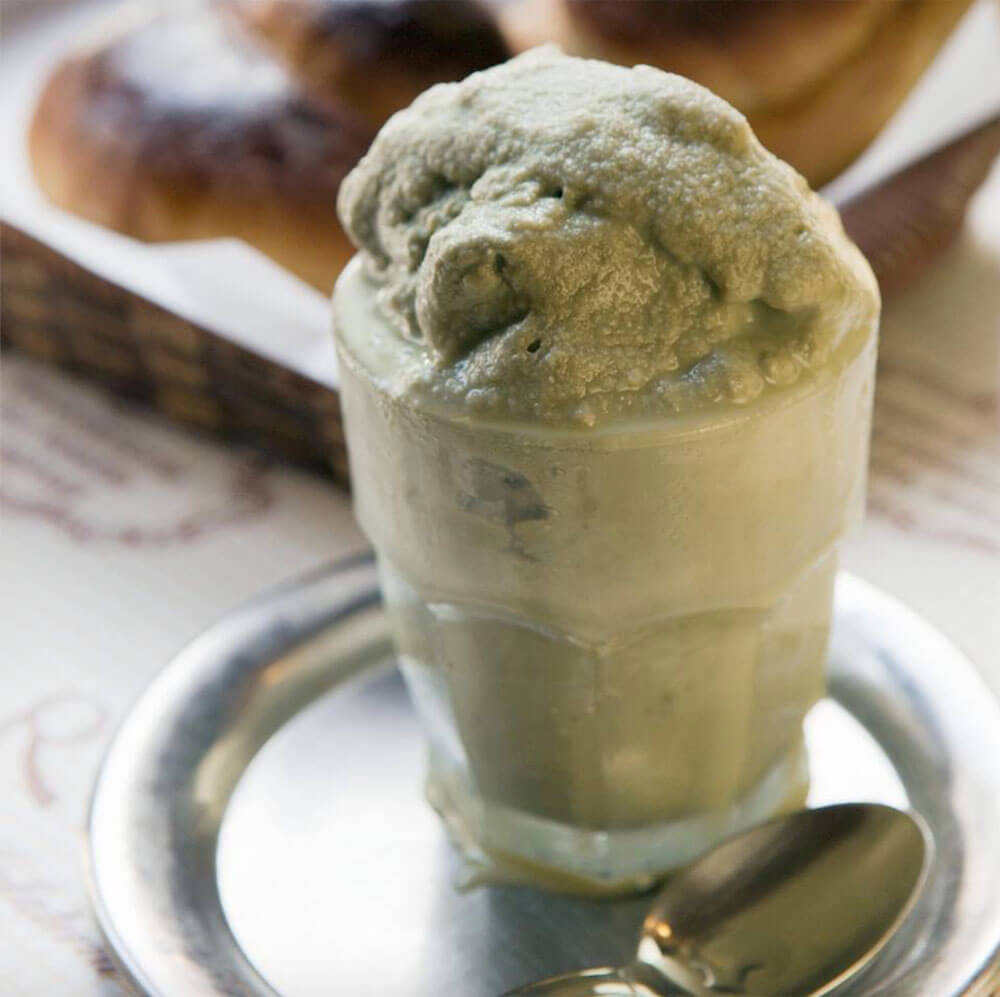
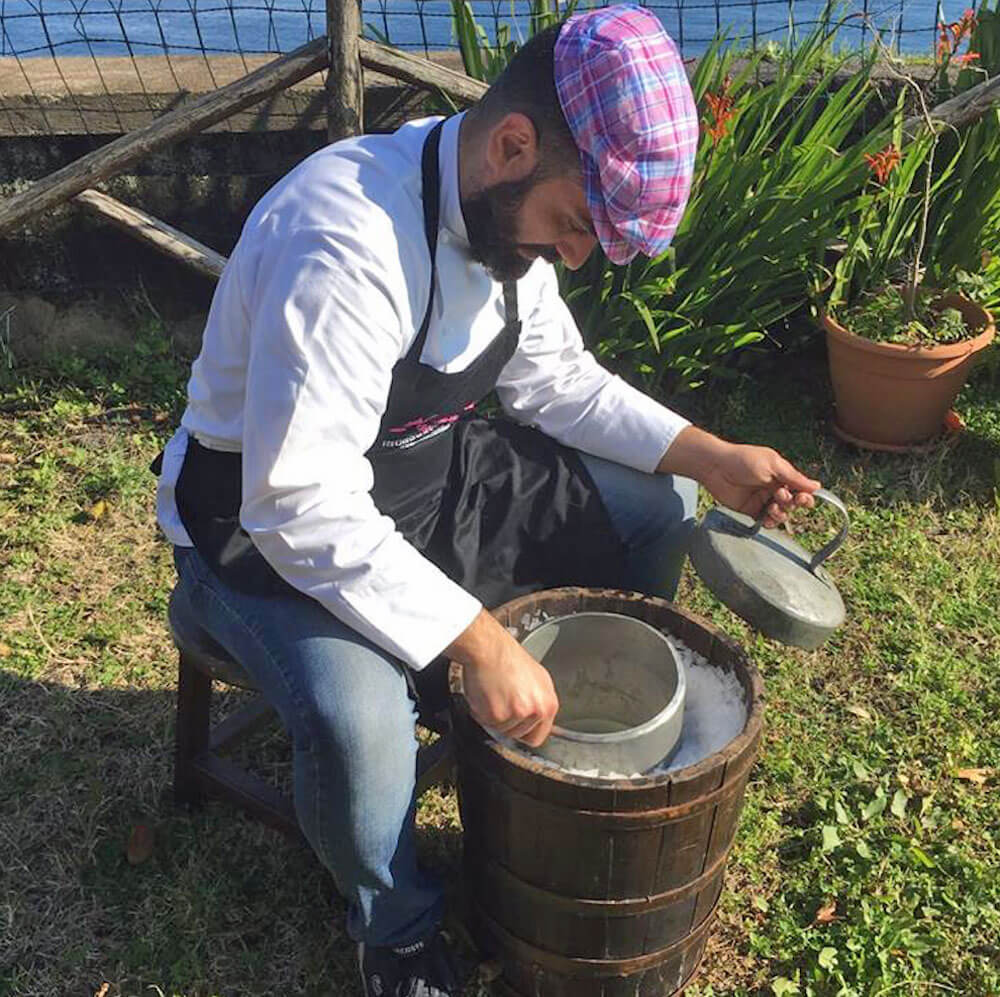
Granita: A History
The tradition of granita could be traced back 4,000 years to ancient Mesopotamia, where couriers would travel 100 kilometers on foot to get snow and ice for cooling the royal drinks – a practice which Roman patricians would also use a few millennia later, and which made its way to Sicily.
During the Middle Ages, every time the mercury rose, Sicilians would buy Mt Etna snow from the nevarolu, the man who collected it in winter and stored it in caves on the mountain, to prevent it from melting. Packaged in jute bags and covered with ferns and straw, the snow was transported down the mountain aboard carts or mules, ready to be turned into a tasty treat to beat the heat.
With the Arab conquest of Sicily in the 9th century, sugarcane and lemons were introduced to the island, and the locals began mixing in honey, as well as aromatic herbs and spices, together with the snow, creating sherbet.
In the 16th century, innovative Sicilians began adding sea salt to the snow and using a pozzetto as a means of refrigerating it. Functioning like a modern thermos, a pozzetto was a wooden vat with a zinc bucket inside; a mixture of water, fruit juice and honey or sugar would be placed in the zinc bucket, while a blend of snow and salt would go into the space between the two containers, thus freezing the mixture the bucket. Eventually, manually operated blades would be added to the bucket to keep the frozen mixture in constant motion, so as to prevent large ice crystals from forming. And so, the unique texture of granita was born.
By the 20th century, the miracles of modernity had allowed water to replace snow, sugar to replace honey, and ice cream machines to replace the manual pozzetto – thus giving us the modern formula of the traditional Sicilian granita.
Granita: The Ritual
For Sicilians everywhere, no summer can come and go without enjoying the ritual of granita: sitting at a café in the city or at a beachside bar, allowing the refreshing chill and bright flavours of granita to cool you off.
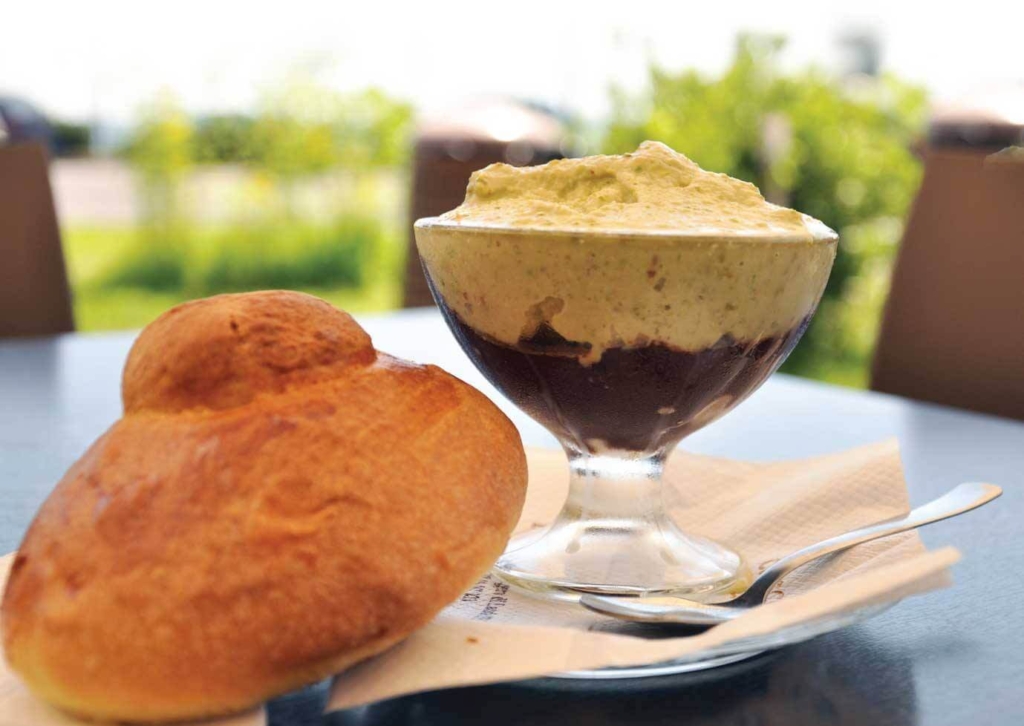
Granita must be savoured in the company of brioche or brioscia, a sweet yeast pastry topped with a ball called a tuppo (evoking the traditional low bun that Sicilian women used to wear). Once strictly served at breakfast, nowadays granita and brioche are eaten at any time of day, sometimes as a complete meal.
Visiting Sicily during winter? Have no fear – every bar and café offers this local treat throughout the year. It’s the perfect way to enjoy a slice of summer, if only in your mind.
Granita: The Festival
Historically, the snow from Mt Etna was usually carried close to the shore: that’s why it’s there, between Acitrezza and Acireale in the province of Catania, that the tradition of granita is at its strongest.
To truly experience granita in all its glory, visit Acireale in late May or early June for the Nivarata, the official festival of Sicilian granita, where contestants from around the world compete for the honour of creating the most delicious granita of the year – combining both tradition and creativity. The winning granita of 2018 was “Calabrisella”, made with oranges from Rosarno, bergamot from Reggio Calabria and Amarelli liquorice.
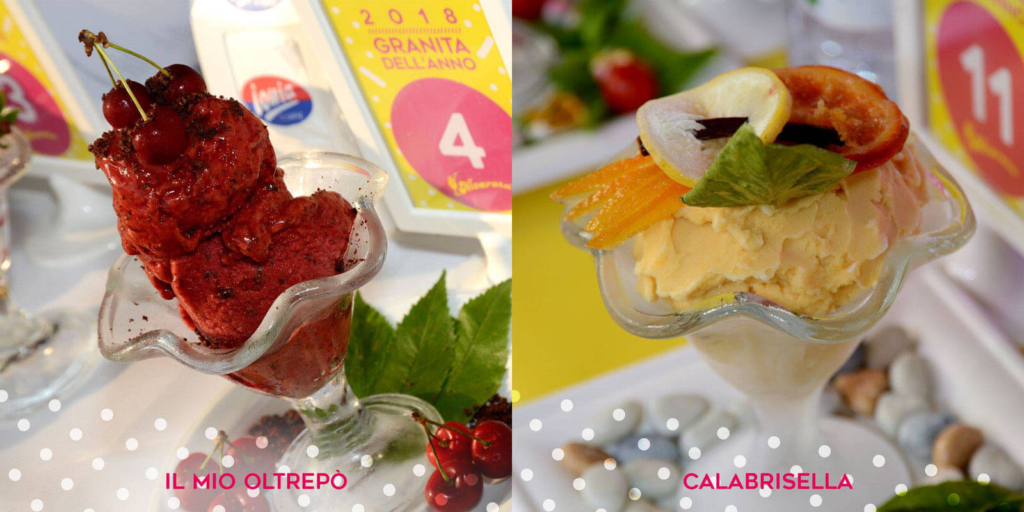
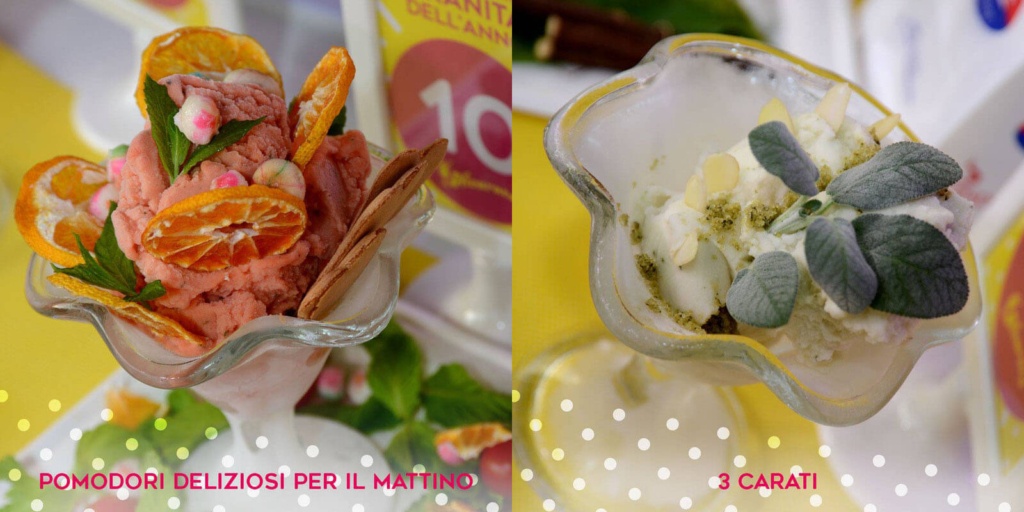
Granita: The Expert
To delve a bit deeper into the granita tradition, we spoke with Giovanna Cipriani, owner of the famous Caffè Cipriani. Founded by her uncle Angelo 60 years ago, Caffé Cipriani is the first producer of modern granita in Acireale.
Let’s start with the basics: What differentiates granita from gelato?
Gelato is traditionally made with whole milk, with very little air whipped into it while freezing, and without added cream – and it is also free of eggs and stabilisers. Granita, on the other hand, is a completely dairy-free dessert, made with just sugar, water and fresh flavouring ingredients. Granita can be divided into two categories: granita made with nuts (usually pistachios or almonds), or granita made from pulpy fruits and juices (lemon, mulberry, peach, strawberry) or espresso. In the former – the nut variation – the texture will be more like a paste, whereas while the latter will have a more grainy, icy texture.
I recommend to start the tasting experience with the most traditional flavours, such us almond, pistachio, mulberry, coffee and chocolate. The greediest gourmands can also add extra whipped cream on top!
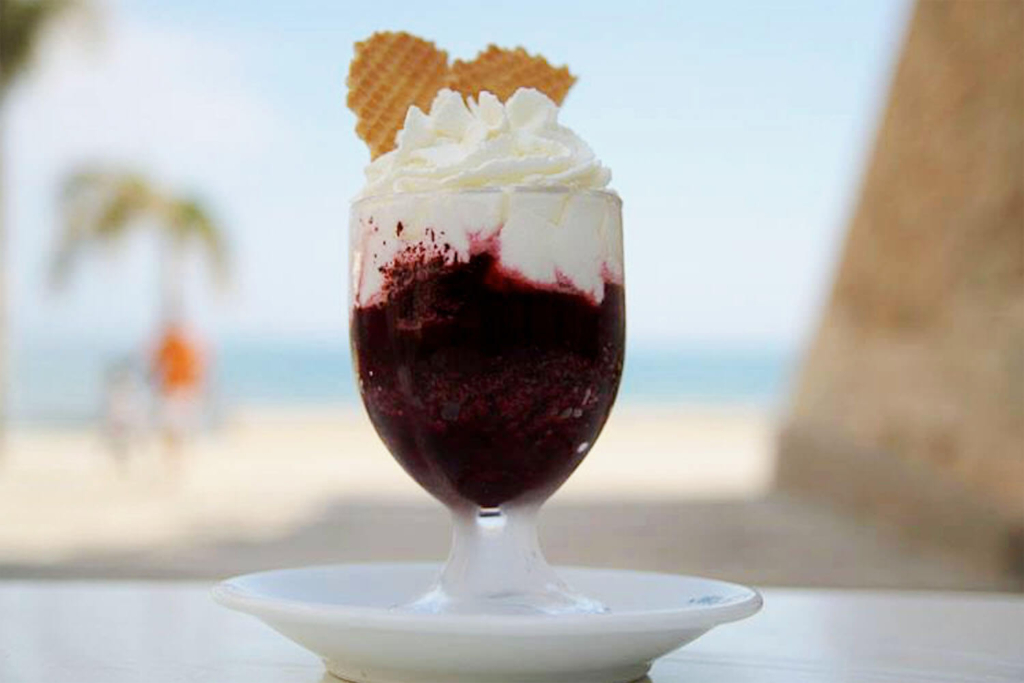
Yes, but you won the Nivarata in 2016 with the special flavour “Il Regno delle Due Sicilie”, a mix of flavours between Sicilian almonds and babà cakes from Naples…
When you’ve mastered the art of granita like we have for over a generation, you grow up with the ambition to find always new ways to surprise people. And that’s a plus, don’t you think?
What is the real culinary challenge for you?
The real challenge is try to find the right balance between respect for tradition and the faster pace of modernity, together with technological developments; thanks to the latter, we can meet the needs of our numerous customers without sacrificing the authentic taste, just like my uncle Angelo and my father taught my two brothers and me. This is why, even if we cannot give up completely on technology due to the huge demand, we have found a way to remain connected to the past, in addition to following the original recipes: our brioches are handcrafted, and our coffee granita, for example, is still produced with the famous Carpigiani machine.
Chefs and magicians never reveal their secrets. But could you bend the rules, just once?
Unfortunately, I can’t. What I can tell you, it could sound maybe obvious, maybe not: The most important secret is honesty. The honesty of using raw ingredients of excellent quality that are in season. You can’t find a real mulberry granita in the spring!
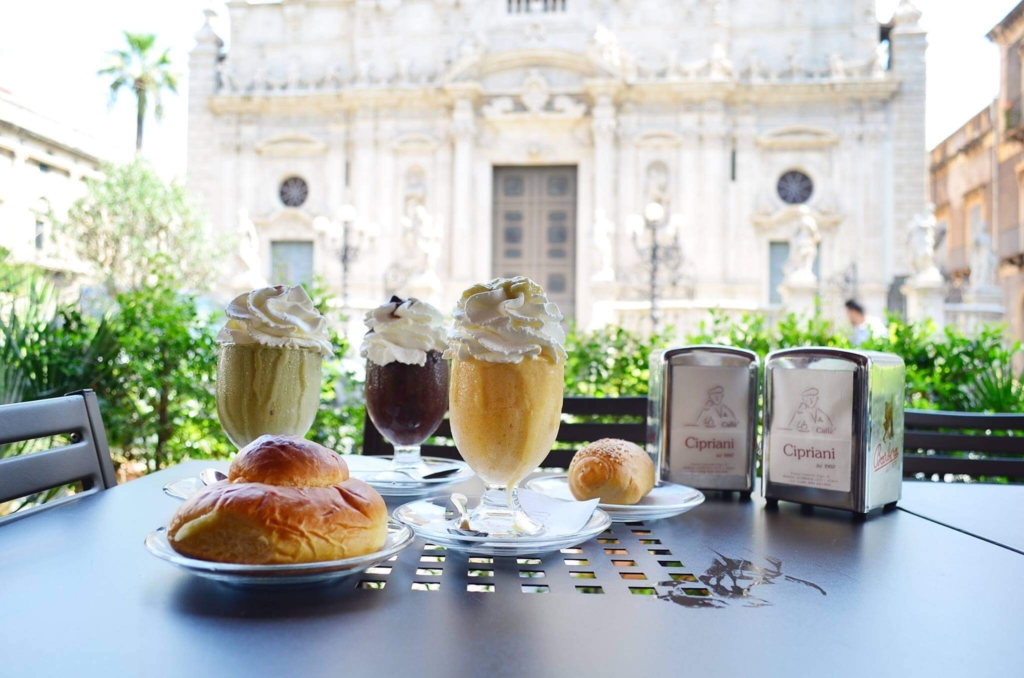
Do you have any personal recommendations for visitors?
If you’re keen to train your taste buds to recognise the best before coming to Sicily, you can go to Cambridge, where my brother Salvatore opened the bar Aromi Cambridge in three different locations. And, last but not least: Never eat granita without brioche.
It’s tough to make truly authentic Sicilian granita at home, but for an easy (if not entirely Sicilian) recipe to try, check out this video – and don’t forget the brioche!

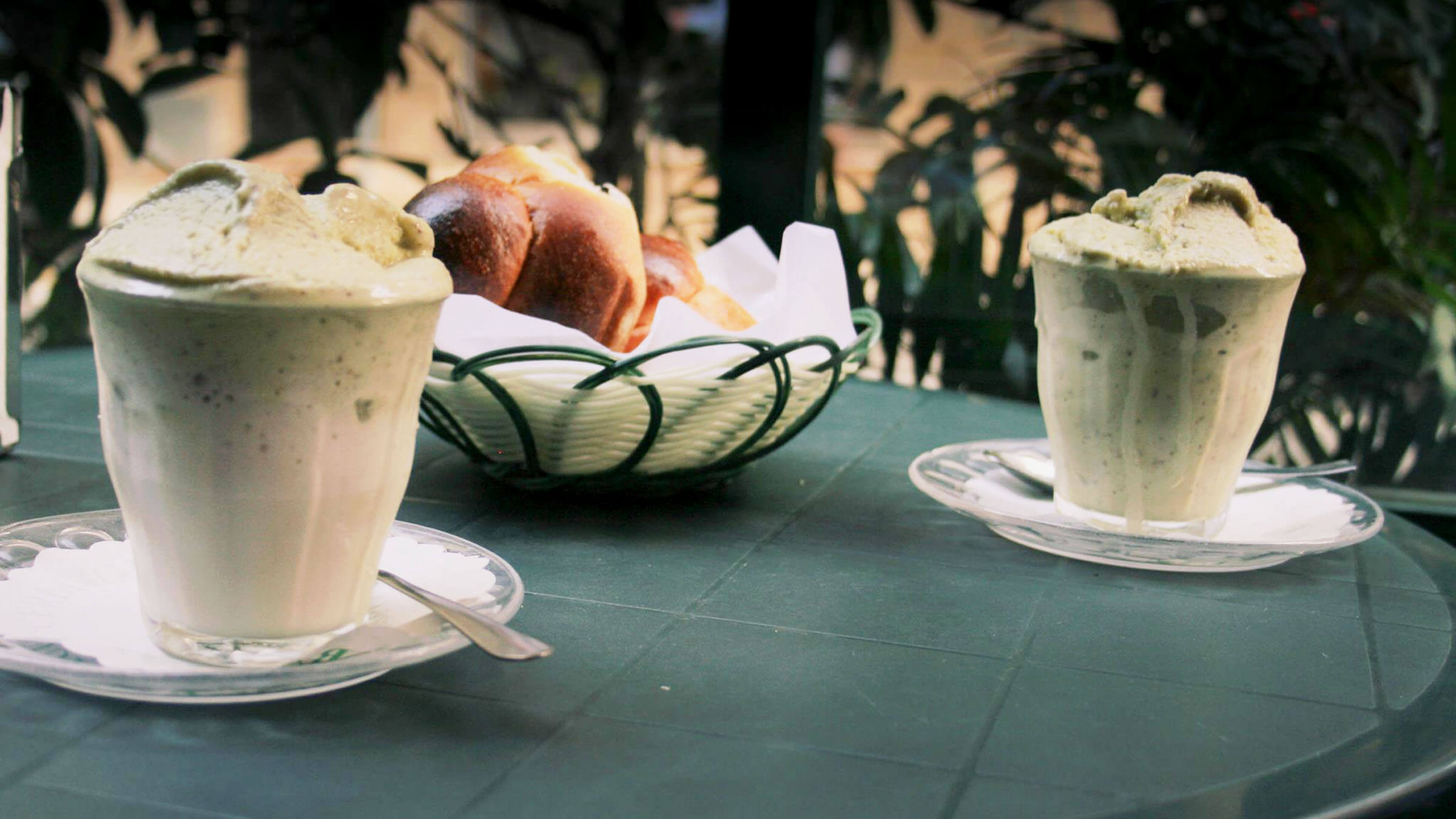
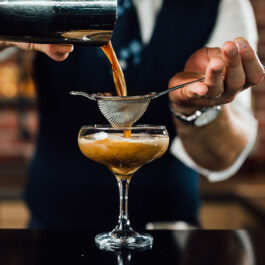
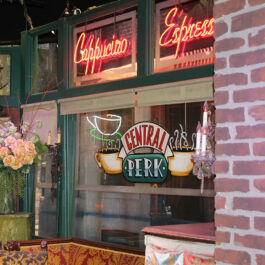










Sorry, the comment form is closed at this time.